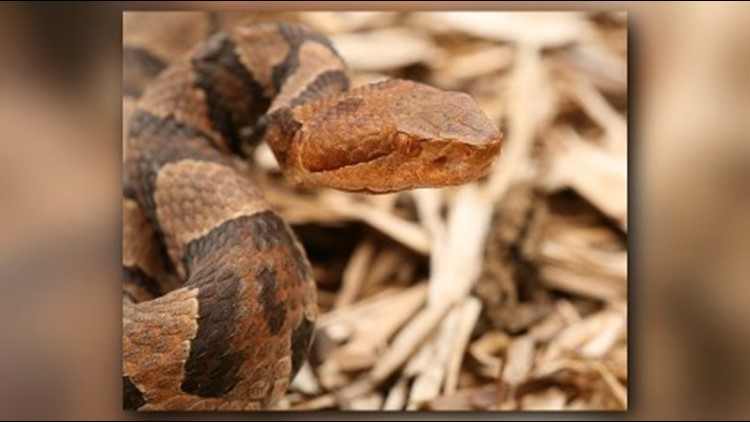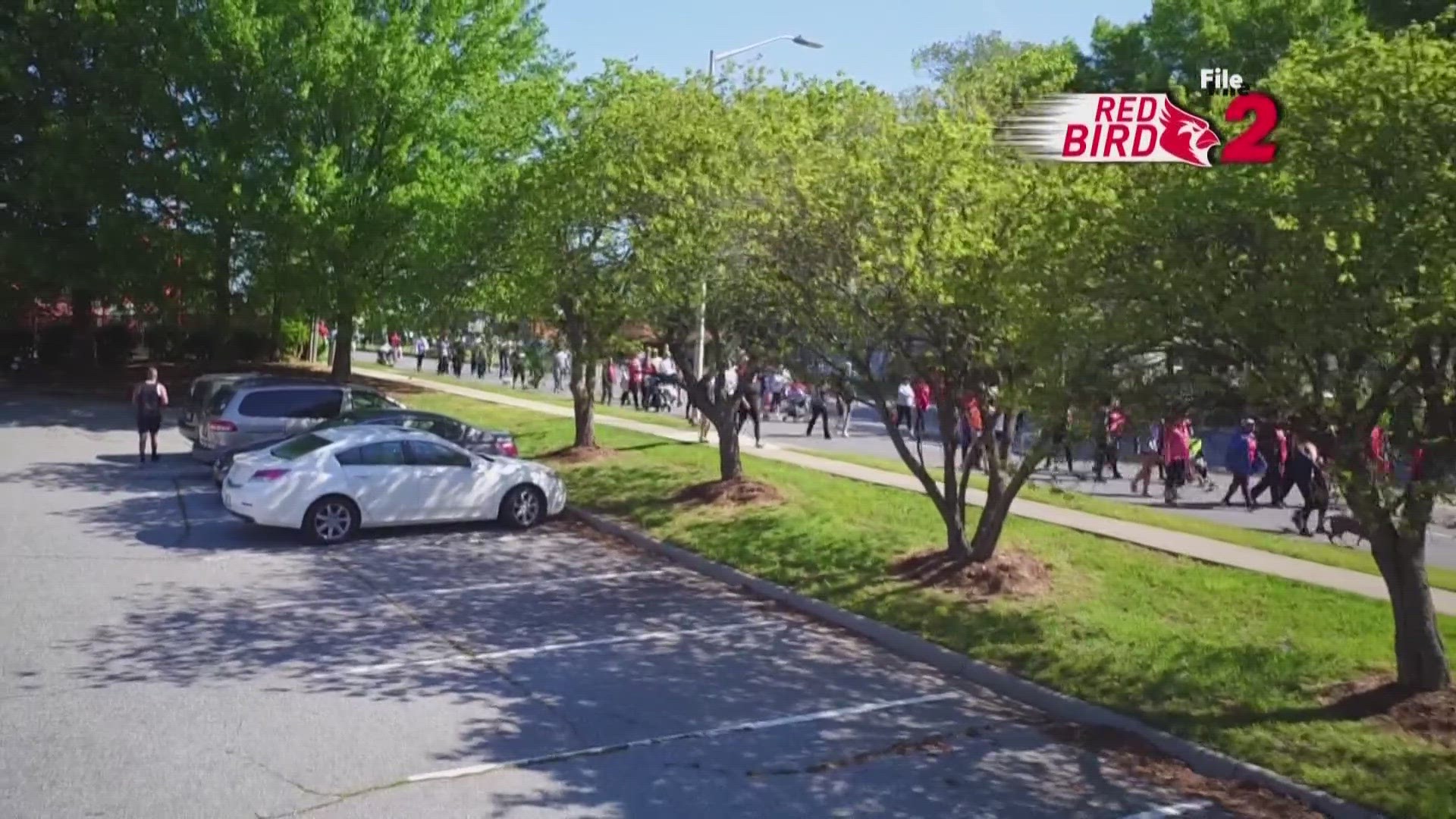GUILFORD COUNTY, N.C. — The North Carolina Poison Control says snake bites are on the rise.
And, to make matters worse, snakes are not limited to hiking trails.
In fact, you're most likely to spot a snake at home while taking out the trash or mowing the lawn.
"I have run our numbers, and we can say with near certainty that we are having an increase in venomous snake bites since the beginning of the year," said Michael C. Beuhler, MD, medical director of NC Poison Control. "Of greater interest, we are having a significant increase in the number of calls from January to April over previous years for about a 67% increase in venomous bite calls."
Six species of venomous snakes live in North Carolina.
That includes the copperhead, timber rattlesnake, cottonmouth, pigmy rattlesnake, eastern diamondback rattlesnake, and eastern coral snake.
There are also 31 non-venomous species in the Tar Heel state.
The big question is "What do you do if you spot a snake in or around your home"?
If you see a snake in your home, the CDC says, you should immediately call the animal control agency.
You should never attempt to pick up a snake or try to trap it.
According to the North Carolina Poison Control, copperheads are the most common snake in North Carolina.
So, if you live in North Carolina, you are most likely to get bitten by a copperhead than any other kind of snake.
"How you treat a copperhead bite depends on where the bite is, underlying medical conditions, and how much venom was injected," says Dr. Beuhler. "We recommend that if people aren't having life-threatening signs, we would want you to call poison control at 1-800-222-1222."
The CDC offers the following tips to help protect you and your family from snake bites:
How to prevent snake bites:
- Be aware of snakes that may be swimming in the water to get to higher ground and those that may be hiding under debris or other objects.
- If you see a snake, back away from it slowly and do not touch it.
Signs of snake bites:
If you have to walk in high water, you may feel a bite, but not know that you were bitten by a snake. You may think it is another kind of bite or scratch. Pay attention to the following snake bite signs.
- Depending on the type of snake, the signs and symptoms may include:
- A pair of puncture marks at the wound
- Redness and swelling around the bite
- Severe pain at the site of the bite
- Nausea and vomiting
- Labored breathing (in extreme cases, breathing may stop altogether)
- Disturbed vision
- Increased salivation and sweating
- Numbness or tingling around your face and/or limbs
What to do if you or someone else is bitten by a snake:
- If you or someone you know are bitten, try to see and remember the color and shape of the snake, which can help with treatment of the snake bite.
- Keep the bitten person still and calm. This can slow down the spread of venom if the snake is venomous.
- Seek medical attention as soon as possible.
- Dial 911 or call local Emergency Medical Services (EMS).
- Apply first aid if you cannot get the person to the hospital right away.
- Lay or sit the person down with the bite below the level of the heart.
- Tell him/her to stay calm and still.
- Wash the wound with warm soapy water immediately.
- Cover the bite with a clean, dry dressing.
What not to do if you or someone else is bitten by a snake:
- Do not pick up the snake or try to trap it (this may put you or someone else at risk for a bite).
- Do not apply a tourniquet.
- Do not slash the wound with a knife.
- Do not suck out the venom.
- Do not apply ice or immerse the wound in water.
- Do not drink alcohol as a pain killer.
- Do not drink caffeinated beverages.



